Thessaloniki gets ready for its metro launch in November
The underground rapid transit lines have been under construction for almost two decades due to various project delays
 TheMayor.EU logo
TheMayor.EU logo 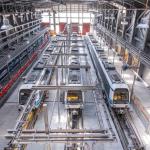
The underground rapid transit lines have been under construction for almost two decades due to various project delays

The cross pinnacle on the Tower of Jesus Christ will be ready to receive visitors in 2026 on the centennial of Gaudi’s death

Now you can get your wine in Talence by paying directly in Bitcoin

That’s because the state has to spend money on updating the railway infrastructure rather than subsidizing the cost of the popular pass

Steffen Romstöck said that he would respect the residents’ choice and would take over the helm of the municipality, even if he didn’t run
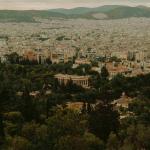
The measure, which will come into force from 1 January 2025, will be partial and temporary…for now
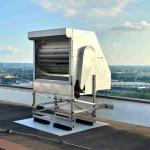
Rethinking renewable energy sources for the urban landscape

But operating them is still illegal under the country’s legislation

The examples, compiled by Beyond Fossil Fuels, can inform and inspire communities and entrepreneurs that still feel trepidation at the prospect of energy transition

Now you can get your wine in Talence by paying directly in Bitcoin

Rethinking renewable energy sources for the urban landscape

The examples, compiled by Beyond Fossil Fuels, can inform and inspire communities and entrepreneurs that still feel trepidation at the prospect of energy transition

The underground rapid transit lines have been under construction for almost two decades due to various project delays

Plus, it has a unique modular design that allows it to be shortened and lengthened like a train

At least, that’s the promise made by the mayor of Paris, Anne Hidalgo
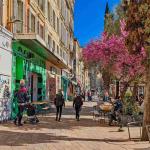
Despite its church-y name, the district has long been known as the hangout spot for the artsy crowds

At least, that’s the promise made by the mayor of Paris, Anne Hidalgo
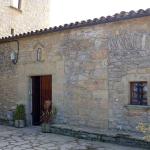
Hostal de Pinós is located in the geographical centre of the autonomous region

On the eve of the new academic year, the ranking considers several distinct but essential factors
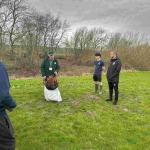
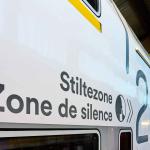
Following a successful trial phase, these quiet areas will now be available on all main routes in the country

The academic institution shows a deeper understanding of the well-being of its students











Relics found in the area indicate that Paterna has been inhabited since the Neolithic times and the Bronze age. The name of the modern city is believed to originate from the arrival of the Romans and refers to the Latin word Paternus – belonging to the father.
Later, in the period of Moorish domination, Paterna developed a manufacturing and pottery industry and began development of agriculture as well. The pot-making sector enjoyed an enviable growth until the 16th century crisis in ceramic production.
Essential for the economy of Paterna was the creation of the industrial area, Polígono Fuente del Jarro, in the 20th century, which increased significantly the demand for labourers and caused an immigration flow.
Paterna is a Spanish municipality located in the autonomous community of Valencia, in the province of Valencia, 5 kilometres away from the latter. Its population as of 2018 was 69,156 inhabitants (National Statistics Institute).
Paterna has transformed itself from a municipality dedicated almost exclusively to agriculture into a true residential, industrial and service centre. Paterna confirms its potential today thanks to the incessant industrial activity, with Fuente del Jarro Polygon and the Technology Park, to name but a few, the continuous arrival of new residents, the creation of the Heron City macro leisure space and the designation of Paterna as historic municipality.

The palace of the Counts of Villa Paterna is one of the most significant monuments of the municipality. Built in 1760, the project was the work of architect D. Antonio Gilabert. It was destined to be the residence of the Counts, although over time it would serve different purposes – as school and teachers' rooms, shelter, war hospital and even a hotel.
In 1976 it was declared a historical artistic monument of local importance and in 1983 it was acquired by the City Council of Paterna firstly as an exhibition hall. At present, the Palace is the seat of the Town Hall.
Plaza Ingeniero Castells, nº 1
46980 Paterna (Valencia)